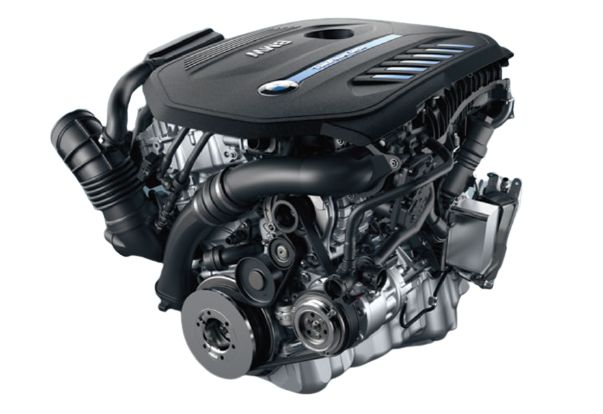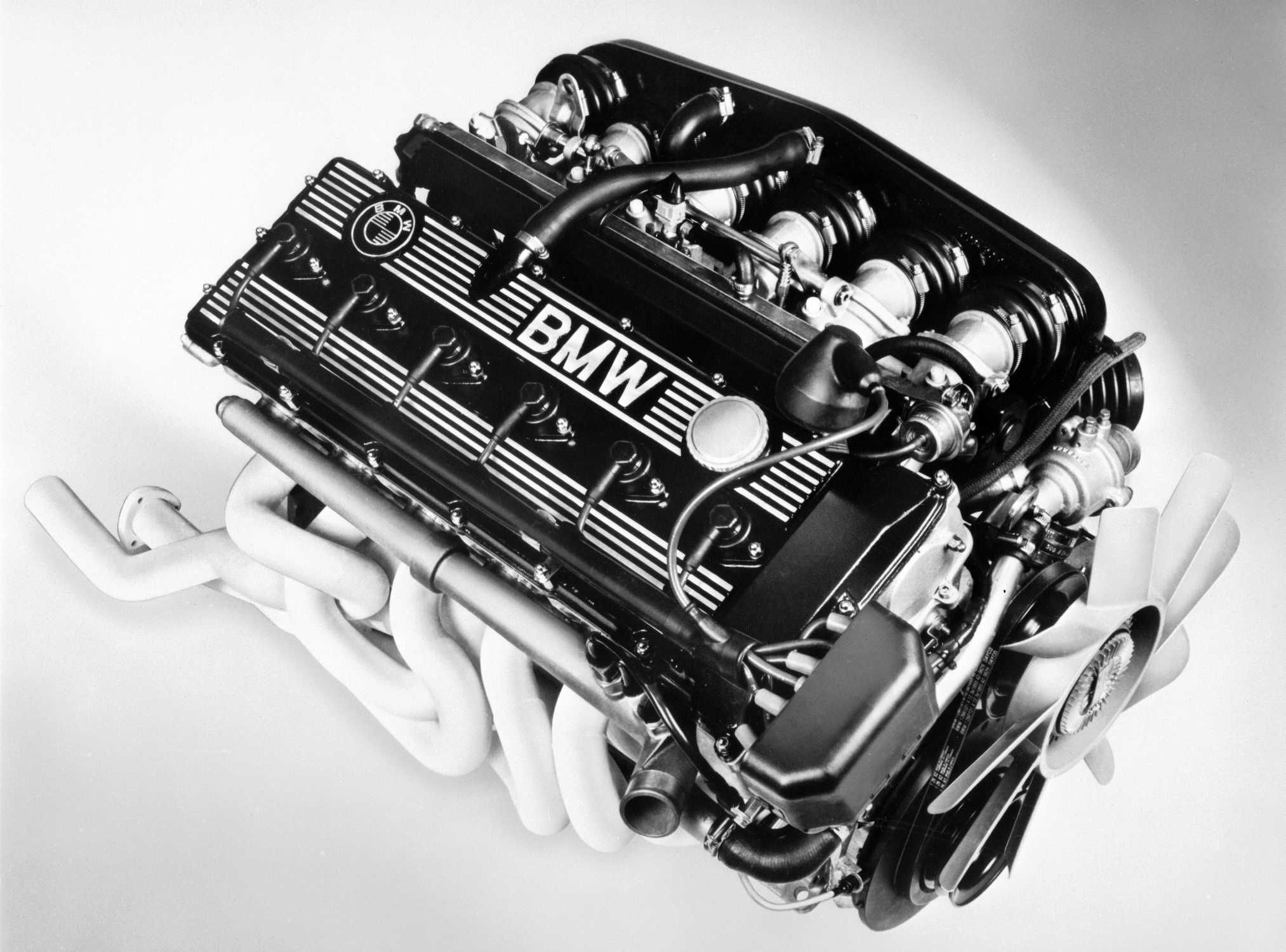A Beginner's Guide to Picking the Right BMW Engine for Your Requirements
A Beginner's Guide to Picking the Right BMW Engine for Your Requirements
Blog Article
Checking Out the Evolution of Combustion Engines in Modern Transportation Solutions
As we browse the landscape of contemporary transportation, the evolution of burning engines stands as a testimony to human resourcefulness and design prowess. From their simple beginnings to the innovative powerhouses pushing automobiles today, burning engines have actually gone through an amazing trip of advancement and adaptation. Understanding the ins and outs of this advancement not just loses light on the past but additionally leads the method for envisioning what lies ahead in the world of transport innovation. The interplay of history, technology, and environmental issues fit the trajectory of combustion engines develops a story that is both informative and engaging.
Very Early Beginnings of Combustion Engines
How did the principle of combustion engines first emerge in the very early phases of transportation growth? The origins of burning engines can be mapped back to the 17th century when the principles of internal burning were initial explored.
The innovation moment came with the innovation of the first successful gasoline-powered engine by Karl Benz in 1885 - bmw engine. This engine led the way for the development of the modern-day vehicle, revolutionizing transport systems worldwide. Subsequent innovations by Nikolaus Otto and Gottlieb Daimler further refined combustion engine modern technology, causing the mass production of cars and the rapid expansion of the transportation industry
These very early combustion engines were defined by their simpleness and efficiency, laying the foundation for the complex and powerful engines utilized in contemporary transportation systems. The evolution of combustion engines has contributed in forming the method we take a trip and carry items, noting a considerable landmark in the history of transportation development.
Shift to Internal Combustion Modern Technology
The shift to internal burning modern technology marked an essential change in the advancement of transport systems. This shift started in the late 19th century, with developers like Nikolaus Otto and Gottlieb Daimler creating the initial successful interior combustion engines. These engines revolutionized transportation by supplying a more powerful and effective choice to vapor engines and electric motors.
One of the essential benefits of interior combustion engines was their ability to be reduced to suit vehicles, bring about the development of motorbikes and autos. This change from large, fixed engines to portable, mobile ones paved the method for the modern transport systems we see today.
The change to interior combustion technology likewise spurred innovations in gas technology, bring about the development of gasoline and diesel as primary fuel sources for vehicles. This shift not only made transportation much more available to the masses however also laid the structure for the oil and gas sector to end up being important to worldwide economic situations.
Influence of Combustion Engines on Transport
The fostering of burning engines in transportation systems catalyzed an extensive change in the efficiency and speed of worldwide wheelchair. Burning engines revolutionized transport by giving a flexible and reliable resource of power for numerous vehicles, including cars and trucks, ships, planes, and vehicles. This development substantially improved the capacity for items and individuals to move over long distances in much shorter timespan, leading to enhanced connection between regions and nations.
Furthermore, the widespread use burning engines has actually had a substantial effect on financial advancement. The capacity to carry goods successfully has spurred trade and business, enabling services to expand their markets and get to consumers worldwide. This has assisted in financial development and globalization, as products can now be delivered quicker and in bigger quantities than ever in the past.
Nevertheless, the ecological influence of burning engines can not be forgotten. The burning of nonrenewable fuel sources has resulted in air contamination and greenhouse gas emissions, contributing to environment adjustment and positioning health and wellness threats to populaces. bmw engine. As a result, there is an expanding focus on creating alternate More about the author propulsion technologies to minimize these unfavorable effects and produce a much more lasting future for transport
Advancements in Burning Engine Design
Numerous improvements in burning engine style have actually moved the evolution of transport systems over the decades. One remarkable development is the development of turbocharged engines, which utilize exhaust gases to drive a wind turbine that compresses incoming air, allowing for more gas to be charred, resulting in boosted power result without a considerable boost in engine dimension. Additionally, direct shot technology has actually improved fuel efficiency and performance by precisely regulating the quantity and timing of gas infused into the burning chamber. Variable valve timing systems have also transformed engine style by maximizing air flow at various engine speeds, improving both power and effectiveness. An additional substantial improvement is the combination of lightweight products such as carbon fiber and light weight aluminum alloys, decreasing general engine weight and improving vehicle gas economy. Improvements in computer-aided style have actually enabled designers to maximize engine efficiency and efficiency via simulations prior to physical prototypes are developed, conserving time and sources in the growth process. These technologies jointly add to the constant enhancement of combustion engines in modern-day transport systems.
Future Fads in Burning Engine Development
With technology advancements driving continual innovation, the future of burning engine development is positioned to revolutionize transport systems globally. Among the vital trends in combustion engine growth is the push towards better performance and reduced exhausts. Makers are spending heavily in research and advancement to enhance engine efficiency while meeting stringent environmental laws. This consists of the combination of sophisticated gas injection systems, enhanced turbocharging approaches, and making use of light-weight materials to optimize gas consumption and decrease carbon discharges.
One more prominent fad is the fostering of crossbreed technologies in combustion engines. Crossbreed engines integrate conventional burning innovation with electric power, providing improved fuel performance and lower emissions. As the automotive industry changes towards electrification, hybrid combustion engines are viewed as a transitional remedy that links the gap between traditional vehicles and totally electrical ones.
In addition, the combination of smart innovations, such as expert system and information analytics, is expected to play a considerable role in the future of burning engine advancement. These innovations can enhance engine performance in real-time, bring about more efficient combustion processes and boosted overall automobile efficiency. Embracing these future patterns will not just drive browse this site advancement in combustion Go Here engine advancement yet additionally add to a much more environmentally pleasant and sustainable transportation ecosystem.

Verdict
In final thought, the development of burning engines in modern transport systems has actually been marked by considerable advancements in modern technology and style. From the very early beginnings of combustion engines to the shift to interior burning innovation, these engines have had a profound impact on transport. Developments in combustion engine design continue to drive progression in this area, with future fads concentrating on additional improving performance and reducing emissions. The future of burning engines in transport looks promising as r & d efforts remain to press boundaries.
The roots of burning engines can be traced back to the 17th century when the concepts of inner burning were initial checked out. These engines changed transportation by supplying an extra powerful and effective option to vapor engines and electrical motors.

Report this page